As winter approaches, farm yards start to resemble an all-you-can-eat buffet for mice and rats.
The Campaign for Responsible Rodenticide Use (CRRU) aims to tackle these invaders safely.
Catherine Keena, Teagasc countryside management specialist, and John Lusby, Birdwatch Ireland, were involved in developing the CRRU.
The conditions this year mean that as we enter the winter months, rodent populations are very high throughout the country.
Rodents are prolific breeders and, if are not adequately managed, several rats can turn into an infestation before you realise.
A female mouse can produce up to 40 young in a year, while a female brown rat can produce up to 80 young in a year. Rodents pose massive risks to human and animal health, being able to carry a range of parasites and pathogens including Weil’s disease, Salmonella and Brucellosis.
Winter presents an increased danger for farmers as rodents will move towards yards as they seek warmth and food.
The CRRU was established to ensure best-practice use of rodenticides and prevent wildlife exposure.
Although rodenticides can be effective in controlling both brown rat and mice populations for which they are targeted, their mode of action is not species-specific and their use can also result in the unintended exposure of non-target wildlife.
Contamination can occur when a non-target species consumes bait directly (primary exposure) or when a predator consumes an animal which has been previously exposed (secondary exposure).
The CRRU focuses on seven aspects to ensure the safe use of bait.
Always have a planned approach
Before treatment begins, a thorough survey of the infested site is an essential key to success when using any rodenticide. Environmental changes which could be made to reduce the attractiveness of the site to rodents should be noted for implementing after the treatment.
Usually, this will involve rodent-proofing and removing rubbish and weeds that provide feed and cover. However, the site should not be cleared before treatment, since this will disturb the rodent population and make bait acceptance more difficult to achieve.
Obvious food, such as spilled grain, should be removed, as far as is possible, and any food sources covered.
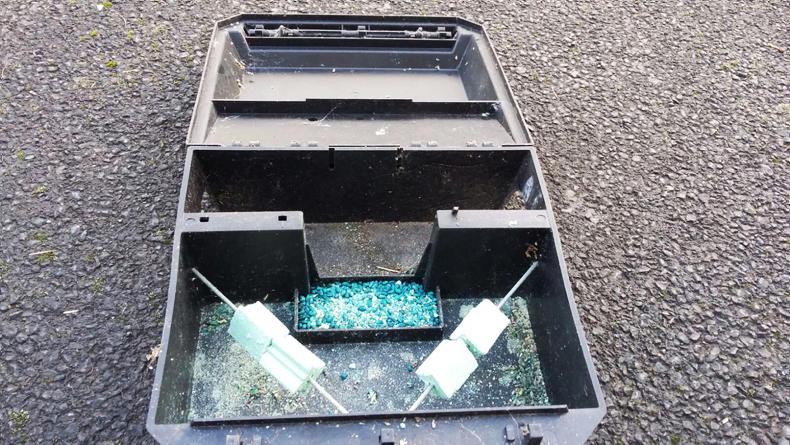
Rodenticide baits should only be used for as long as is necessary to achieve satisfactory control. In most cases, any anticoagulant bait should have achieved control within 35 days.
Should activity continue beyond this time and bait continues to be consumed without effect, a more potent anticoagulant should be considered.
If bait take is poor, relative to the apparent size of the infestation, it may be recommended to re-site the bait points and possibly change to another bait base, as well as making other environment changes.
Record the quantity of bait
A simple site plan or location list identifying areas of particular concern relating to the site should be drawn up and retained on file.
A record of all bait points and the amount of bait laid should be maintained during the treatment. Activity should be noted at each bait point, including any missing or disturbed baits, as the treatment progresses.
By carefully recording the sites of all bait points, responsible users of rodenticides are able to return to these sites at the end of the treatment and remove uneaten bait so that it does not become available to wildlife.
Use enough baiting points
Users should follow the label instructions regarding the size and frequency of bait points and the advice given regarding the frequency and number of visits to the site.
By using enough bait points, the rodent control treatment will be conducted most efficiently and in the shortest possible time. This will restrict the duration of exposure of non-target animals to a minimum.
Collect and dispose of bodies
The bodies of dead rodents may carry residues of rodenticides and if eaten by predators or scavengers may be a source of wildlife exposure to rodenticides. It is essential to carry out regular searches for rodent bodies during and after the treatment period. Bodies may be found for several days after rats have eaten the bait and rats may die up to 100 metres or more away from the baited site.
Never leave bait exposed to
non-target animals and birds
Care should be taken to ensure that bait is sufficiently protected to avoid accidentally poisoning other mammals and birds. Natural materials should be used where possible.
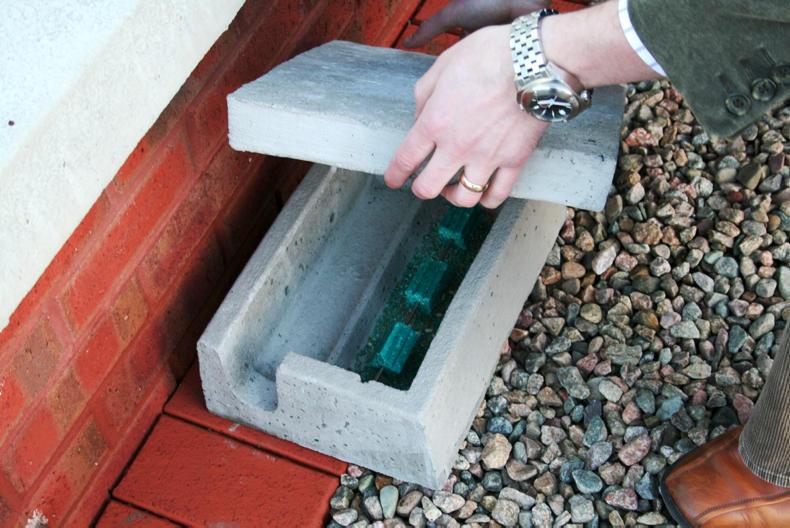
Heavier duty cement boxes are also available.
Bait stations should be appropriate to the prevailing circumstances. They should provide access to the bait by rodents, while reducing the risks of non-target access and interference by unauthorised persons. They should protect the bait from contamination by dust or rain.
Their design, construction and placement should be such that interference is minimised.
Inspect bait regularly
Where the risk assessment or treatment records show that multiple visits are required, then those should be made as frequently as is considered necessary. Daily inspection may be required in some circumstances. At each visit, baits should be replenished according to the product label and a thorough search made to ensure that bodies and any spilled bait are removed and disposed of safely. Records of such visits should be maintained.
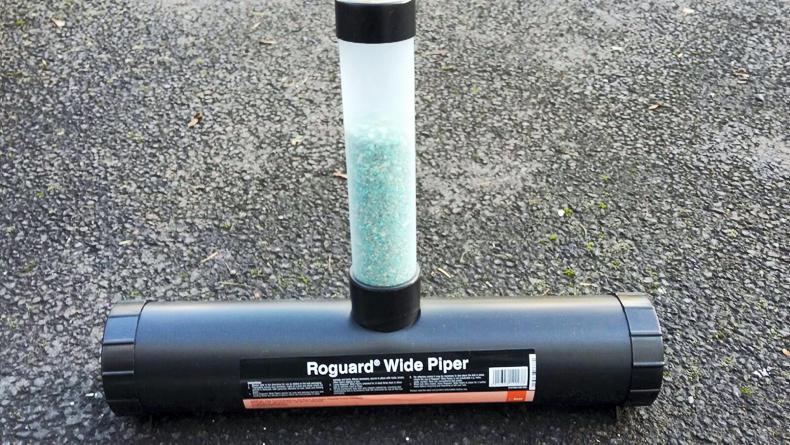
In this option, the farmer can see how much poison has been used without handling the box.
Remove bait after treatment
Bait left out at the end of a treatment is a potential source of contamination of other wildlife.
On completion of the treatment, records should be updated to signify that the infestation is controlled and that, as far as reasonably practical, all steps have been taken to ensure that the site is now free of rodenticide bait.
Read more
How much straw do you need this winter?
Bedding options for dry dairy cows
Shed ventilation: go with the flow
As winter approaches, farm yards start to resemble an all-you-can-eat buffet for mice and rats.
The Campaign for Responsible Rodenticide Use (CRRU) aims to tackle these invaders safely.
Catherine Keena, Teagasc countryside management specialist, and John Lusby, Birdwatch Ireland, were involved in developing the CRRU.
The conditions this year mean that as we enter the winter months, rodent populations are very high throughout the country.
Rodents are prolific breeders and, if are not adequately managed, several rats can turn into an infestation before you realise.
A female mouse can produce up to 40 young in a year, while a female brown rat can produce up to 80 young in a year. Rodents pose massive risks to human and animal health, being able to carry a range of parasites and pathogens including Weil’s disease, Salmonella and Brucellosis.
Winter presents an increased danger for farmers as rodents will move towards yards as they seek warmth and food.
The CRRU was established to ensure best-practice use of rodenticides and prevent wildlife exposure.
Although rodenticides can be effective in controlling both brown rat and mice populations for which they are targeted, their mode of action is not species-specific and their use can also result in the unintended exposure of non-target wildlife.
Contamination can occur when a non-target species consumes bait directly (primary exposure) or when a predator consumes an animal which has been previously exposed (secondary exposure).
The CRRU focuses on seven aspects to ensure the safe use of bait.
Always have a planned approach
Before treatment begins, a thorough survey of the infested site is an essential key to success when using any rodenticide. Environmental changes which could be made to reduce the attractiveness of the site to rodents should be noted for implementing after the treatment.
Usually, this will involve rodent-proofing and removing rubbish and weeds that provide feed and cover. However, the site should not be cleared before treatment, since this will disturb the rodent population and make bait acceptance more difficult to achieve.
Obvious food, such as spilled grain, should be removed, as far as is possible, and any food sources covered.

Rodenticide baits should only be used for as long as is necessary to achieve satisfactory control. In most cases, any anticoagulant bait should have achieved control within 35 days.
Should activity continue beyond this time and bait continues to be consumed without effect, a more potent anticoagulant should be considered.
If bait take is poor, relative to the apparent size of the infestation, it may be recommended to re-site the bait points and possibly change to another bait base, as well as making other environment changes.
Record the quantity of bait
A simple site plan or location list identifying areas of particular concern relating to the site should be drawn up and retained on file.
A record of all bait points and the amount of bait laid should be maintained during the treatment. Activity should be noted at each bait point, including any missing or disturbed baits, as the treatment progresses.
By carefully recording the sites of all bait points, responsible users of rodenticides are able to return to these sites at the end of the treatment and remove uneaten bait so that it does not become available to wildlife.
Use enough baiting points
Users should follow the label instructions regarding the size and frequency of bait points and the advice given regarding the frequency and number of visits to the site.
By using enough bait points, the rodent control treatment will be conducted most efficiently and in the shortest possible time. This will restrict the duration of exposure of non-target animals to a minimum.
Collect and dispose of bodies
The bodies of dead rodents may carry residues of rodenticides and if eaten by predators or scavengers may be a source of wildlife exposure to rodenticides. It is essential to carry out regular searches for rodent bodies during and after the treatment period. Bodies may be found for several days after rats have eaten the bait and rats may die up to 100 metres or more away from the baited site.
Never leave bait exposed to
non-target animals and birds
Care should be taken to ensure that bait is sufficiently protected to avoid accidentally poisoning other mammals and birds. Natural materials should be used where possible.

Heavier duty cement boxes are also available.
Bait stations should be appropriate to the prevailing circumstances. They should provide access to the bait by rodents, while reducing the risks of non-target access and interference by unauthorised persons. They should protect the bait from contamination by dust or rain.
Their design, construction and placement should be such that interference is minimised.
Inspect bait regularly
Where the risk assessment or treatment records show that multiple visits are required, then those should be made as frequently as is considered necessary. Daily inspection may be required in some circumstances. At each visit, baits should be replenished according to the product label and a thorough search made to ensure that bodies and any spilled bait are removed and disposed of safely. Records of such visits should be maintained.

In this option, the farmer can see how much poison has been used without handling the box.
Remove bait after treatment
Bait left out at the end of a treatment is a potential source of contamination of other wildlife.
On completion of the treatment, records should be updated to signify that the infestation is controlled and that, as far as reasonably practical, all steps have been taken to ensure that the site is now free of rodenticide bait.
Read more
How much straw do you need this winter?
Bedding options for dry dairy cows
Shed ventilation: go with the flow









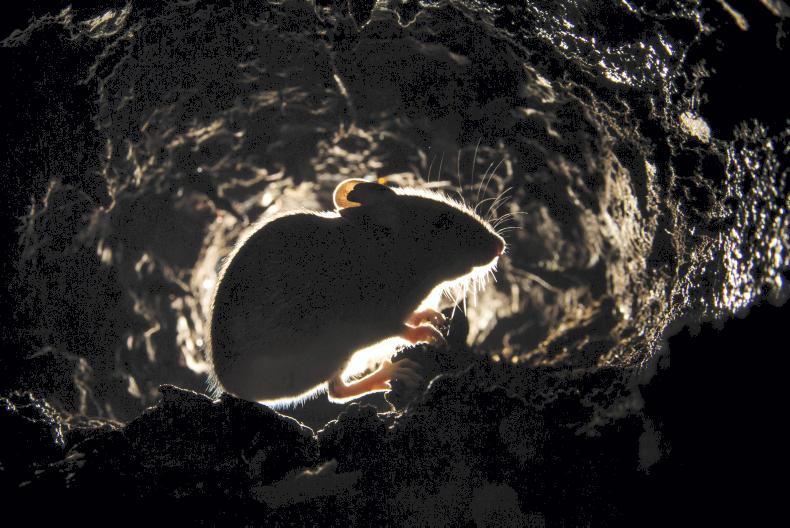

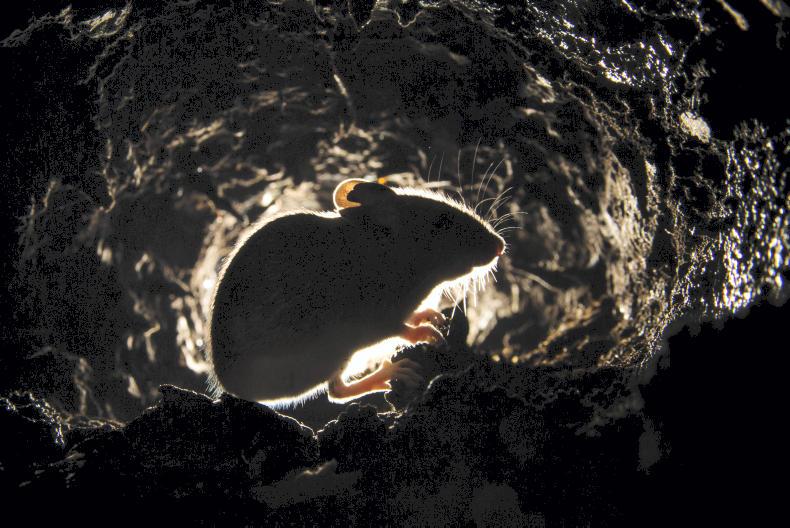

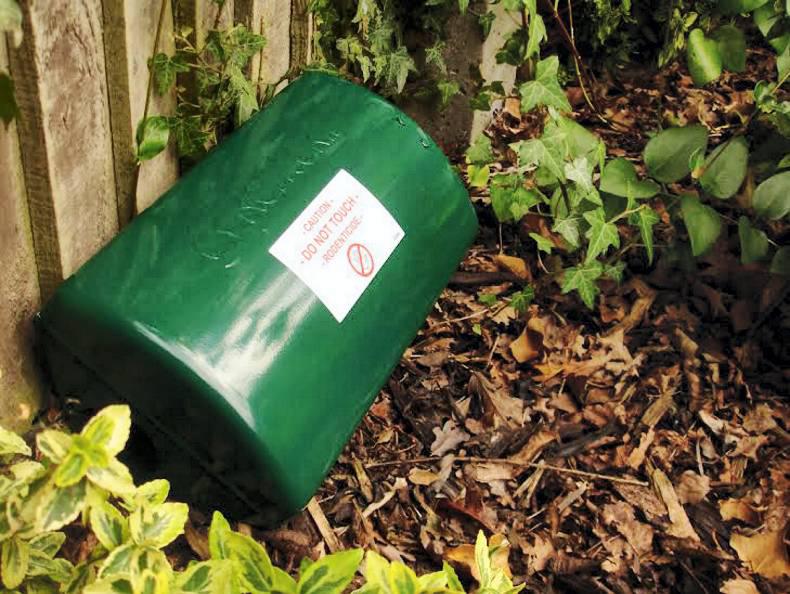
SHARING OPTIONS